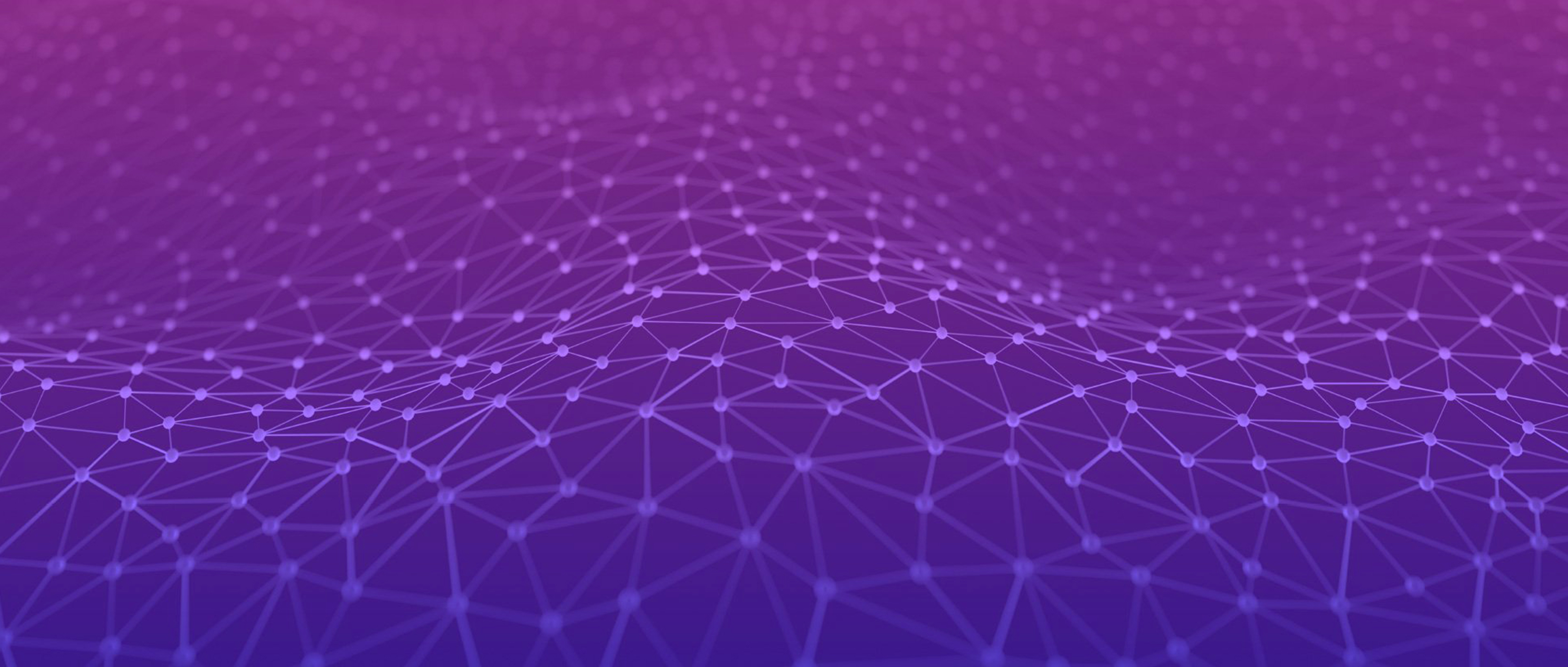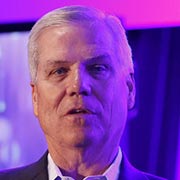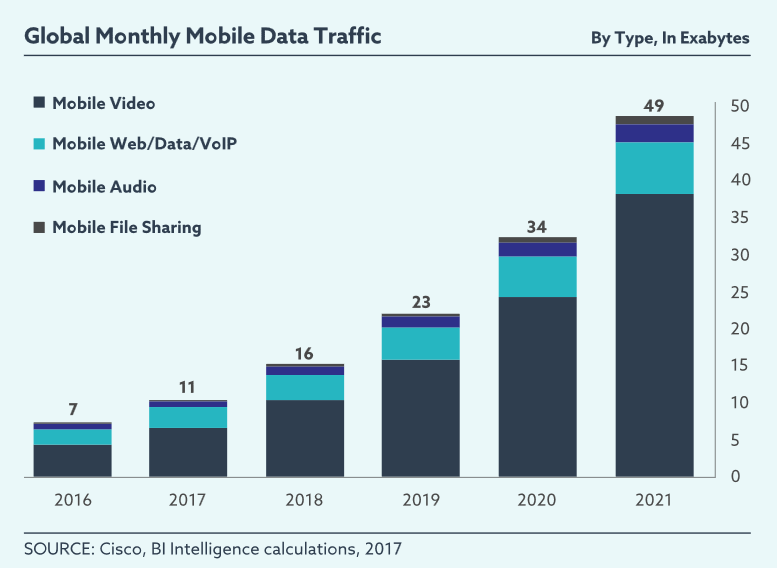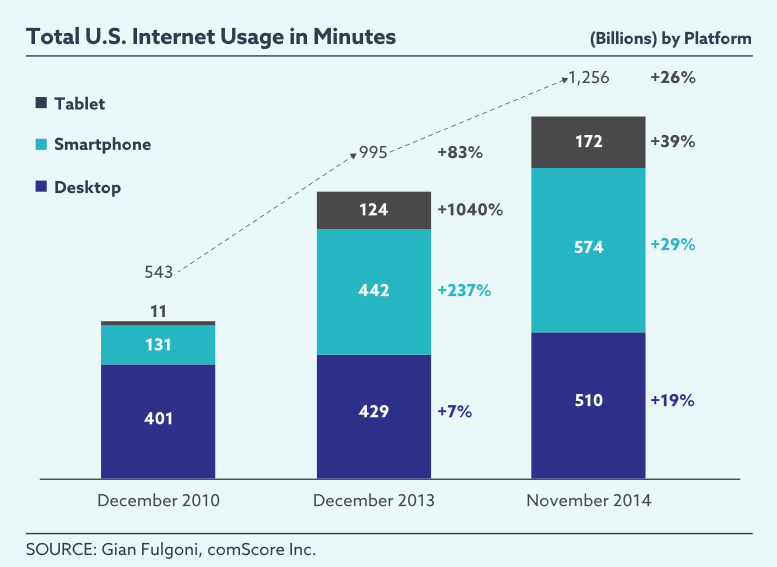Fiber – The Media of Choice for the 21st Century

Long-term, fiber is set to replace copper and coaxial media worldwide. This race has been going on for a long time – in fact, it started back in the inter-office networks of the 1980s. There are several megatrends that support fiber growth.
Long-term, fiber is set to replace copper and coaxial media worldwide. This race has been going on for a long time – in fact, it started back in the inter-office networks of the 1980s. There are several megatrends that support fiber growth.

Ernie Carey
CEO AT JCAREY
For example, around the world, we’re seeing continued expansion and acceleration of data consumption via wireline and wireless networks, as well as Fiber Densification and IoT. 5G will be scaling up dramatically in 2020.
Today, everyone is carrying around smart mobile devices. However, it’s only been 12 years since the introduction of the iPhone, which really took off a year later with the introduction of the app store and availability of an SDK for developers. Data usage exploded as a result. Looking at devices and traffic, smartphones will account for more than 50% of connected devices globally. The number of global smartphones is projected to reach 6.2 billion by 2021, almost double the 3.6 billion devices that were in circulation in 2016. This is essentially the continuation of a trend that has been going on for many years
Data consumption continues to grow and will increase significantly, with mobile video continuing to consume the largest percentage of bandwidth. Mobile Data Growth is indicative of a ‘virtuous cycle’: demand is fuelling network evolution, which, in turn, leads to ever-greater demand, or as Jim Collins would say “a flywheel”. However, in the case of 5G, network development definitely comes first. Although 4G, 4G LTE, 5G and are wireless, the supporting network is wired, and needs a significant amount of fiber. Although, the connection from the mobile device and the closest tower is wireless, everything else is wired. Or, you might say:,”There ain’t much wireless in wireless networks”! Without fiber backhaul, there’s simply no way to carry the needed data.
The Internet of Things (IoT) is a big game changer when it comes to cell densification. There are already more connected things than people in the world. Analysts at Gartner calculate that around 8.4 billion IoT devices were in use in 2017, up 31% from 2016, and this will likely reach 20.4 billion by 2020. In June 2017, Deloitte estimated that the US would need significantly more fiber infrastructure over the next five to seven years requiring an investment between $130 billion and $150 billion. That’s approximately 4.3 times Verizon’s and AT&T’s entire capital budget run rates over the last few years. They point out that service providers are increasingly investing in satellite TV, advertising, content and advanced business services, but not fiber – even though wireline broadband networks carry as much as 90% of all internet traffic, regardless of the end-user access device. Furthermore, rural America is hugely underserved, require dedicated investment and focus.
More and more people are using smartphones, tablets and computers, and we’re moving towards a world in which countless devices are interconnected. Fiber is the only medium that can carry all the data generated today and in the future. To have sufficient capacity in place to meet future needs, it is vital to ensure manufacturers in the US and the rest of the world can meet a significant step up in fiber demand. That requires close examination of any weak links in supply chains, and the extent to which these might be exposed to tariff policy and risks. Manufacturers need to be aligned with large carriers’ public policy initiatives and there needs to be an understanding that going for quick wins is not the way forward. Furthermore, those in charge of laying out networks need to understand the cost isn’t in the fiber, but some 80% of the investment is needed for digging and rolling out ducts. Fortunately, manufacturers such as Prysmian are packing more fiber into those ducts - and that densification is essential to investment decisions and the business case.






